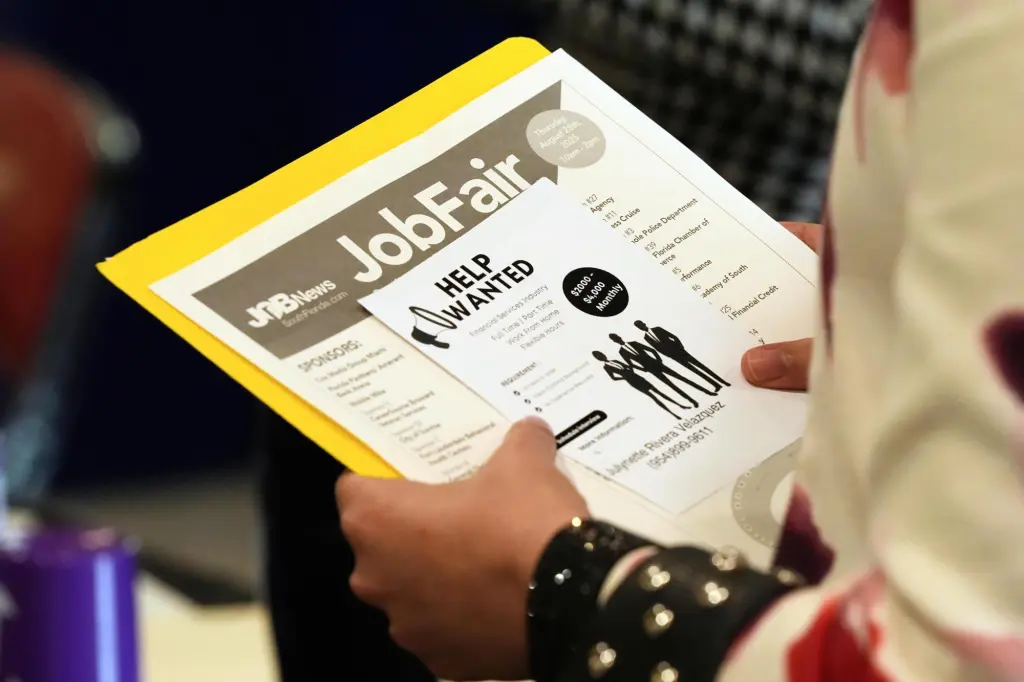Copyright St. Paul Pioneer Press

To place an obituary, please include the information from the obituary checklist below in an email to obits@pioneerpress.com. There is no option to place them through our website at this time. Feel free to contact our obituary desk at 651-228-5263 with any questions. General Information: Your full name, Address (City, State, Zip Code), Phone number, And an alternate phone number (if any) Obituary Specification: Name of Deceased, Obituary Text, A photo in a JPEG or PDF file is preferable, TIF and other files are accepted, we will contact you if there are any issues with the photo. Ad Run dates There is a discount for running more than one day, but this must be scheduled on the first run date to apply. If a photo is used, it must be used for both days for the discount to apply, contact us for more information. Policies: Verification of Death: In order to publish obituaries a name and phone number of funeral home/cremation society is required. We must contact the funeral home/cremation society handling the arrangements during their business hours to verify the death. If the body of the deceased has been donated to the University of Minnesota Anatomy Bequest Program, or a similar program, their phone number is required for verification. Please allow enough time to contact them especially during their limited weekend hours. A death certificate is also acceptable for this purpose but only one of these two options are necessary. Guestbook and Outside Websites: We are not allowed to reference other media sources with a guestbook or an obituary placed elsewhere when placing an obituary in print and online. We may place a website for a funeral home or a family email for contact instead; contact us with any questions regarding this matter. Obituary Process: Once your submission is completed, we will fax or email a proof for review prior to publication in the newspaper. This proof includes price and days the notice is scheduled to appear. Please review the proof carefully. We must be notified of errors or changes before the notice appears in the Pioneer Press based on each day’s deadlines. After publication, we will not be responsible for errors that may occur after final proofing. Online: Changes to an online obituary can be handled through the obituary desk. Call us with further questions. Payment Procedure: Pre-payment is required for all obituary notices prior to publication by the deadline specified below in our deadline schedule. Please call 651-228-5263 with your payment information after you have received the proof and approved its contents. Credit Card: Payment accepted by phone only due to PCI (Payment Card Industry) regulations EFT: Check by phone. Please provide your routing number and account number. Rates: The minimum charge is $162 for the first 12 lines. Every line after the first 12 is $12. If the ad is under 12 lines it will be charged the minimum rate of $162. Obituaries including more than 40 lines will receive a 7.5% discount per line. On a second run date, receive a 20% discount off both the first and second placement. Place three obituaries and the third placement will be free of charge. Each photo published is $125 per day. For example: 2 photos in the paper on 2 days would be 4 photo charges at $500. Deadlines: Please follow deadline times to ensure your obituary is published on the day requested. Hours Deadline (no exceptions) Ad Photos MEMORIAM (NON-OBITUARY) REQUEST Unlike an obituary, Memoriam submissions are remembrances of a loved one who has passed. The rates for a memoriam differ from obituaries. Please call or email us for more memoriam information Please call 651-228-5280 for more information. HOURS: Monday – Friday 8:00AM – 5:00PM (CLOSED WEEKENDS and HOLIDAYS) Please submit your memoriam ad to memoriams@pioneerpress.com or call 651-228-5280. By CHRISTOPHER RUGABER, Associated Press Economics Writer WASHINGTON (AP) — When Carly Kaprive left a job in Kansas City and moved to Chicago a year ago, she figured it would take three to six months to find a new position. After all, the 32-year old project manager had never been unemployed for longer than three months. Instead, after 700 applications, she’s still looking, wrapped up in a frustrating and extended job hunt that is much more difficult than when she last looked for work just a couple of years ago. With uncertainty over interest rates, tariffs, immigration, and artificial intelligence roiling much of the economy, some companies she’s interviewed with have abruptly decided not to fill the job at all. “I have definitely had mid-interview roles be eliminated entirely, that they are not going to move forward with even hiring anybody,” she said. Kaprive is caught in a historical anomaly: The unemployment rate is low and the economy is still growing, but those out of work face the slowest pace of hiring in more than a decade. Diane Swonk, chief economist at KPMG, calls it a “jobless boom.” While big corporate layoff announcements typically grab the most attention, it has been the unwillingness of many companies to add workers that has created a more painful job market than the low 4.3% unemployment rate would suggest. It is also more bifurcated: The “low hire, low fire” economy has meant fewer layoffs for those with jobs, while the unemployed struggle to find work. “It’s like an insider-outsider thing,” Guy Berger, head of research at the Burning Glass Institute said, “where outsiders that need jobs are struggling to get their foot in, even as insiders are insulated by what up until now is a low-layoff environment.” Several large companies have recently announced tens of thousands of job cuts in the past few weeks, including UPS, Target, and IBM, though Berger said it is too soon to tell whether they signal a turn for the worse in the economy. But a rise in job cuts would be particularly challenging with hiring already so low. For now, it’s harder than ever to get a clear read on the job market because the government shutdown has cut off the U.S. Department of Labor’s monthly employment reports. The October jobs report was scheduled for release Friday but has been delayed, like the September figures before it. The October report may be less comprehensive when it is released because not all the data may be collected. Before the shutdown, the Labor Department reported that the hiring rate — the number of people hired in a given month, as a percentage of those employed — fell to 3.2% in August, matching the lowest figure outside the pandemic since March 2013. Back then, the unemployment rate was a painful 7.5%, as the economy slowly recovered from the job losses from the 2008-2009 Great Recession. That is much higher than August’s 4.3%. Many of those out of work are skeptical of the current low rate. Brad Mislow, 54, has been mostly unemployed for the past three years after losing a job as an advertising executive in New York City. Now he is substitute teaching to make ends meet. “It is frustrating to hear that the unemployment rate is low, the economy is great,” he said. “I think there are people in this economy who are basically fighting every day and holding on to pieces of flotsam in the shark-filled waters or, they have no idea what it’s like.” With the government closed, financial markets are paying closer attention to private-sector data, but that is also mixed. On Thursday, the outplacement firm Challenger, Gray & Christmas unnerved investors with a report that announced job cuts surged 175% in October from a year ago. Yet on Wednesday, payroll processor ADP said that net hiring picked up in October as businesses added 42,000 jobs, after two months of declines. Still, the gain was modest. ADP’s figures are based on anonymous data from the 26 million workers at its client companies. Separately, Revelio Labs, a workplace analytics company, estimated Thursday that the economy shed 9,000 jobs in October. The Federal Reserve Bank of Chicago estimates that the unemployment rate ticked up to 4.4% last month. Even when the government was releasing data, economists and officials at the Federal Reserve weren’t sure how healthy the job market was or where it was headed next. A sharp drop in immigration and stepped-up deportations have helped keep the unemployment rate low simply by reducing the supply of workers. The economy doesn’t need to create as many jobs to keep the unemployment rate from rising. Jerome Powell, chair of the Federal Reserve, has called in a “curious balance” because both the supply of and demand for workers has fallen. Economists point to many reasons for the hiring slowdown, but most share a common thread: Greater uncertainty from tariffs, the potential impact of artificial intelligence, and now the government shutdown. While investment in data centers to power AI is booming, elevated interest rates have kept many other parts of the economy weak, such as manufacturing and housing. “The concentration of economic gains (in AI) has left the economy looking better on paper than it feels to most Americans,” Swonk said. Younger Americans have borne the brunt of the hiring slowdown, but many older workers have also struggled. Suzanne Elder, 65, is an operations executive with extensive experience in health care, and two years ago the Chicago resident also found work quickly — three months after she left a job, she had three offers. Now she’s been unemployed since April. She is worried that her age is a challenge, but isn’t letting it hold her back. “I got a job at 63, so I don’t see a reason to not get a job at 65,” she said. Like many job-hunters, she has been stunned by the impersonal responses from recruiters, often driven by hiring software. She received one email from a company that thanked her for speaking with them, though she never had an interview. Another company that never responded to her resume asked her to fill out a survey about their interaction. Weak hiring has meant unemployment spells are getting longer, according to government data. More than one-quarter of those out of work have been unemployed for more than six months or longer, a figure that rose sharply in July and August and is up from 21% a year ago. Swonk said that such increases are unusual outside recessions. A rising number of the unemployed have also given up on their job searches, according to research by the Federal Reserve Bank of Minneapolis. That also holds down the unemployment rate because people who stop looking aren’t counted as unemployed. But Kaprive is still sticking with it — she’s taken classes about Amazon’s web services platform to boost her technology skills. “We can’t be narrow-minded in what we’re willing to take,” she said.



